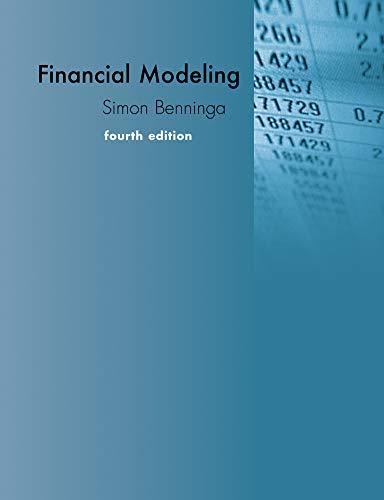Question
So I'm working on one of these problems for a class and I know its not too difficult but I'm having trouble getting anything that
So I'm working on one of these problems for a class and I know its not too difficult but I'm having trouble getting anything that seems correct. I gave all the relevant information in the first paragraph and then the actual calculations in the section at the bottom of this question. Can you please help me properly calculate and walk me through it?
The ACME Umbrella Company is deciding between two different umbrella factories. Both factories will cost $500,000 to get started. However, the cash flows for each factory will depend on whether the next five years are rainier than average or sunnier than average. Factory A will have cash flows of $130,000 per year for the next five years if the weather is sunnier than average. But if it is rainier than average the cash flows will be $150,000 per year for the next five years. Factory B will have cash flows of $100,000 per year for the next five years if it is sunnier than average, but if it is rainier than average it will have cash flows of $200,000 per year. ACME has a cost of capital of 9%. Based on this information, calculate the following:
- Calculate the NPV for both factories and for both scenarios (rainy versus sunny). What is the range of NPV for each factory based on your scenario analysis?
- Based on your answer to a) above, do you think ACME should use the same discount rate of 9% for each factory? Or should they use a risk-adjusted discount rate (RADR)? If so, which factory should have a higher RADR?
Step by Step Solution
There are 3 Steps involved in it
Step: 1

Get Instant Access to Expert-Tailored Solutions
See step-by-step solutions with expert insights and AI powered tools for academic success
Step: 2

Step: 3

Ace Your Homework with AI
Get the answers you need in no time with our AI-driven, step-by-step assistance
Get Started


